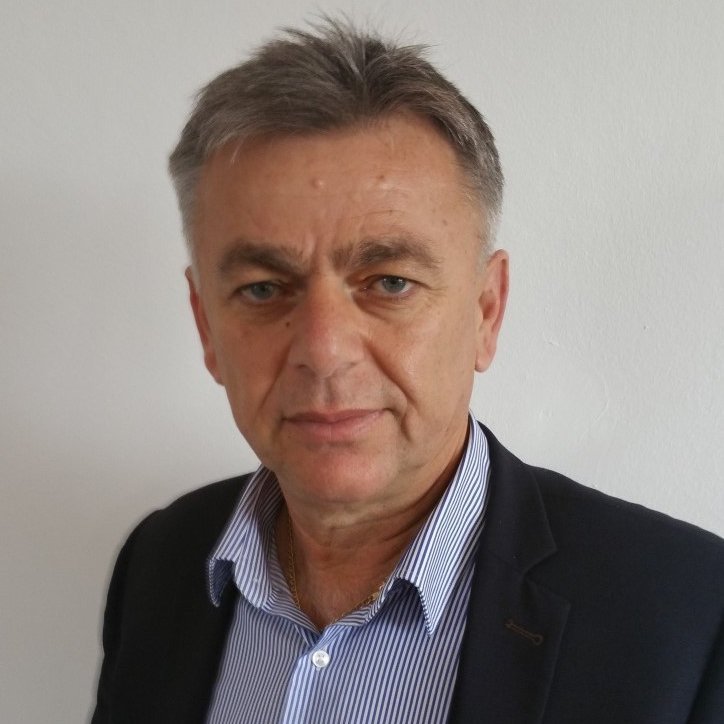Polis Chrysochous Mayor Yiotis Papachristofi on Thursday called for “long-term measures” to address problems facing the issues facing the supply of water to both his area and Cyprus at large.
Speaking to the Cyprus News Agency, he called for “damages” to the area’s water infrastructure, which he says has caused water to be lost, to be “immediately repaired” by the Paphos district government.
On this issue, he called for “proper irrigation systems” to be installed “so that water is not wasted” and demanded that more dams be constructed around Polis Chrysochous.
In addition, he said, some existing dams should be made larger, because “during periods of heavy rainfall, large quantities of water are lost to the sea”.
District Governor Charalambos Pittokopitis had at the end of last year called for two new dams to be built in the district to protect it against future droughts, with Paphos’ lack of water being exacerbated by the draining of the Mavrokolympos reservoir to fix a corroded vent in January.
Additionally, a desalination plant between the villages of Mandria and Kouklia was completely destroyed in a fire last December, further weakening the district’s water supply.
Paphos-based officials were also incensed last week when it was announced that the government will only use the mobile desalination units which are set to be delivered to Cyprus from the United Arab Emirates in the Limassol district.
“It is a very concerning and puzzling turn of events and we are trying to fathom what went on. We are not at all satisfied,” Akamas Mayor Marinos Lambrou told the Cyprus Mail.
Limassol district governor Socates Metaxas was keen to defend the units’ placement, telling the Cyprus News Agency that they are being installed at their chosen location per request of experts from the UAE, who are responsible for their running.
The agriculture ministry’s permanent secretary Andreas Gregoriou had earlier said that all the units would be installed near the village of Moni, to the east of Limassol.
Agriculture Minister Maria Panayiotou had announced earlier this week that the desalination units would arrive in Cyprus before the end of this month, and that they would begin providing water as soon as next month.
She also announced that the government is to construct two new permanent desalination units, which are expected to be completed and enter service within the next two years.
Those two units, she said, will be powered by renewable energy sources, and will provide a total of 120,000 cubic metres of water per day.
She added that this quantity will, if provided, “definitively solve” Cyprus’ water issue.
Additionally, she spoke of how desalination will now become a permanent fixture of for the island.
“Desalination will be used continuously, whether it rains or not. It is a conscious decision to ensure that there will be water in the reservoirs for our farmers,” she said, while also making reference to the €15.5 million provided to them for losses suffered due to water shortages.
The planned arrival of the desalination units from the UAE was announced by President Nikos Christodoulides last month, with government spokesman Konstantinos Letymbiotis later saying there will be “no risk” of there being any water cuts in Cyprus this summer as a result of the units’ forthcoming arrival.
Christodoulides had stressed that the units will be provided “free of charge”, a fact he said “underlines the importance of relations in the context of the country’s foreign policy, and in matters of internal policy”.
However, not everyone has been impressed by the government’s direction of travel with regard to the issue of water.
Coastal engineer Xenia Loizidou earlier slammed the government’s plan to import mobile desalination plants as an “incoherent panic solution”.
She said the units are “of course a solution”, but that “to really solve the water problem, the first thing which needs to be done is to invest in infrastructure and proper management of uses”.
This, she said, must entail there being “no lawns and golf courses” and an “adaptation” of crops to plant those which are less water intensive.







Click here to change your cookie preferences